Business process integration and management is critical for a company to connect systems and information efficiently. Companies implement business process integration to view the supply chain on the macro-level, collect data regarding the performance of each activity, and optimize the processes based on real-time data. Business process integration will lead to the complete automation of management, operations, and the other supply chain supporting processes. Moreover, a company’s management will overcome the challenges of operations and focus on process optimization, company growth, and developing a competitive advantage.
The continuous changes in consumer requirements and the high competition in the different industries increase the pressure on companies to improve their market share by understanding consumer needs and optimizing their business processes to reduce costs, scale-up operations, and increase profits. Information technology (IT) is a critical tool for companies to find their competitive advantage, streamline their business processes, and grow their market presence. Enterprise resource planning (ERP) systems are computer software that integrates the processes of demand forecasting, accounting, sales, manufacturing, and other supporting operations. An ERP system integrates the planning, execution, and control of the different functional areas in the supply chain. Moreover, an ERP system is the optimal solution for companies seeking to remove redundant processes, reduce cycle time, collect and analyze real-time information, and increase speed in responding to consumer requirements and demand. Implementing an ERP system will result in providing leaders with a centralized view of the supply chain’s key performance indicators for monitoring all aspects of the processes. Moreover, IT will support the organization’s strategic planning by allowing leaders to monitor performance measures and assess the functional areas alignment with the company’s strategy. Leaders can use ERP systems to test different scenarios to decide how to address the various changes in the market and consumer demand in the companies.
The customer-driven value chain is a framework that aims to support companies by integrating supply chain processes to deliver products or services to customers and create value. Organizations need to respond to customer expectations by developing innovative strategies to create new products, target new markets, and increase the quality of product or service while reducing response times. Leaders are moving from asset-driven supply chain planning to customer-driven value chain to address customer needs by using a market-push approach, involve customers in the product design phase, and manufacture what customers want while producing value in each process and activity. There are several problems facing a traditional asset-driven supply chain planning to convert to becoming a customer-driven value chain. Firstly, a company should couple design and production tightly to enable customer-driven manufacturing. Secondly, a company should integrate with sustainable supply networks to ensure agile value chains. Thirdly, a company should forecast customer demand with high precision using data analytics and simulation techniques. Finally, a company should integrate the supply chain processes with an ERP system to control and monitor all processes and activities to measure value creation.
When implementing business process integration, leaders should consider changes in organizational structure, organizational processes, and organizational culture. Moreover, management commitment, employee training, and employee motivation are critical for the company’s migration to an integrated supply chain. When starting the supply chain integration process, leaders should decide on the strategy, goals, and objectives of the integration. Moreover, leaders should specify the key performance indicators to measure the level of integration. Leaders should drive the change by ensuring leadership commitment, promoting a culture of change, rewarding integrative measures taken by employees, and training employees about the benefits of integration.



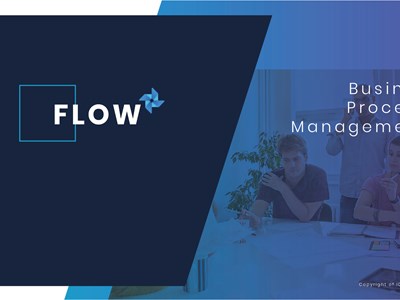

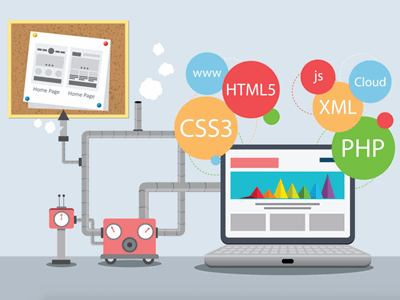
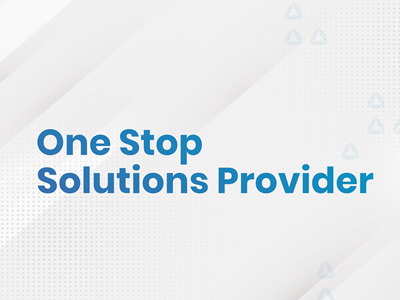

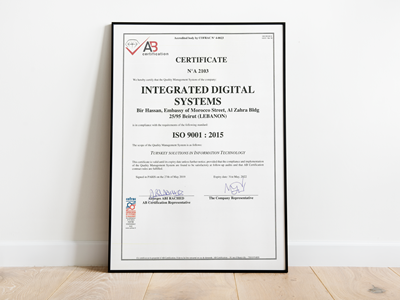

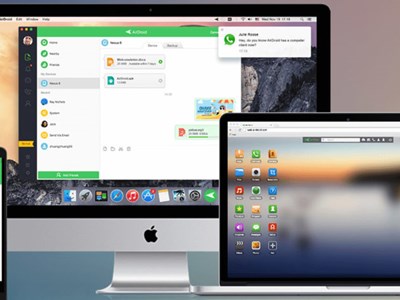
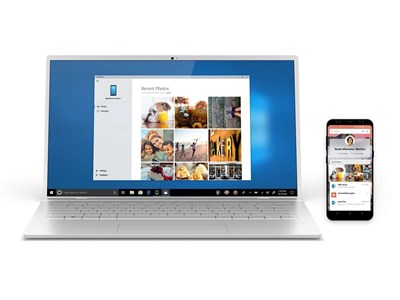

Comments